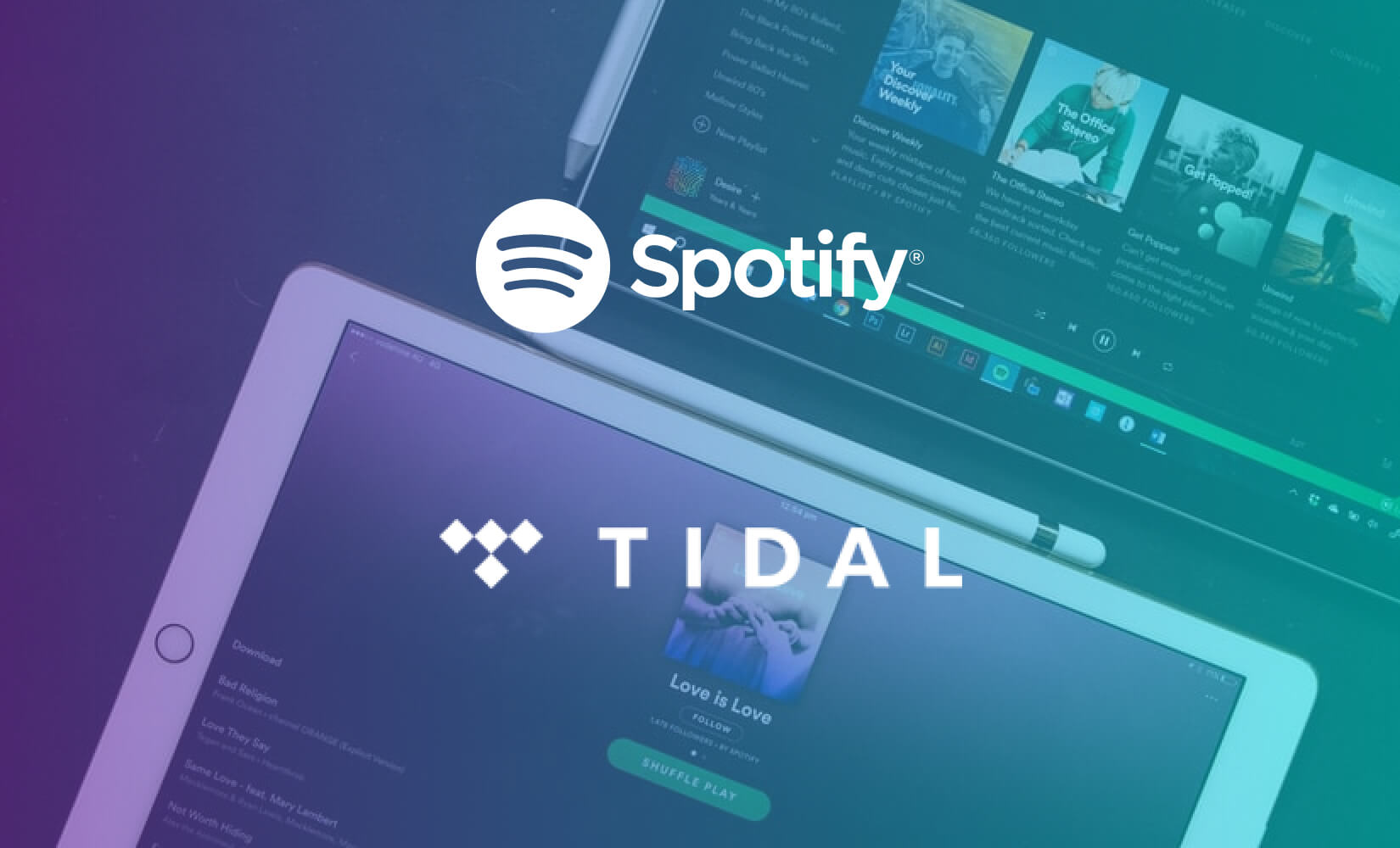

While Spotify Premium can be yours for a year for the price of $99, Tidal’s annual subscription of $79.99 ($119.99 if you want access to those sweet FLAC audio files) is only available if you buy some qualifying third-party products – a consequence of their partnership with the consumer electronics retailer Best Buy.
#Review compare tidal vs spotify free
While the basic subscription plans of Spotify and Tidal both cost $9.99 per month in the United States, you need to pay $19.99 per month to have access to Tidal’s HiFi music library of Free Lossless Audio Codec (FLAC) files.ĭisappointingly, Tidal also misses out on a cohesive annual plan. To see how Spotify compares with other popular streaming platforms around, check out our Spotify vs. If ease of use, affordability, and very high compatibility are on your top-priorities list, then Spotify has got you covered. If sound quality and artist remuneration is something you care deeply about, then Tidal should be the best streaming service for you. Needless to say, Tidal makes for a worthy rival of the world’s best music streaming service.Ĭhoosing between the two is up to each listener’s priorities. While Spotify is far more popular than Tidal, the latter seems to have been specifically designed to match Spotify’s top features with an added focus on Hi-Res audio. These two giants of the streaming industry are very hard to separate. Tidal is better than Spotify when it comes to its superior streaming quality, however Spotify has a free plan and arguably has slightly better discovery features on its premium plan. I like both, but for different reasons.Tidal and Spotify are two of the best streaming services around and both should fit the needs of any music listener. So, to summarise: TIDAL for a quick engaging fix of music, Qobuz for all day relaxing listening. I can listen to Qobuz all day long and enjoy having the music in the background. The music doesn’t distract me while I’m working. There isn’t the emotional pull from the music that I get with TIDAL. However, the sound from Qobuz is like velvet, it’s like honey. Coming from TIDAL the UI is all over the place, there’s a distinct lack of useful suggestions and I find it difficult to find songs that I like. Qobuz as a desktop app is hard work, to be honest.
#Review compare tidal vs spotify Offline
TIDAL’s management of the DAP’s filesystem for offline content appears to be a lot better than Qobuz so there’s far less lag in my DAP. The space saved on my micro-SD card for large offline TIDAL playlists is substantial. MQA works really well for me for offline listening on my DAP. Having said that, it can become fatiguing after a while. In fact, it’s engaging to the point of distraction if I am streaming TIDAL all day in the background while I work. Ignoring MQA for a moment, TIDAL FLACs deliver a really engaging sound. TIDAL is a long way ahead in terms of songs availability for the genres that I like (library), suggestions (Track Radio, Masters Track Radio, Artist Radio, Producer Mix, My Mixes, My Daily Discovery) and UI. I’m running both in parallel at the moment and they both have a place for me with each one having pros and cons.


 0 kommentar(er)
0 kommentar(er)
